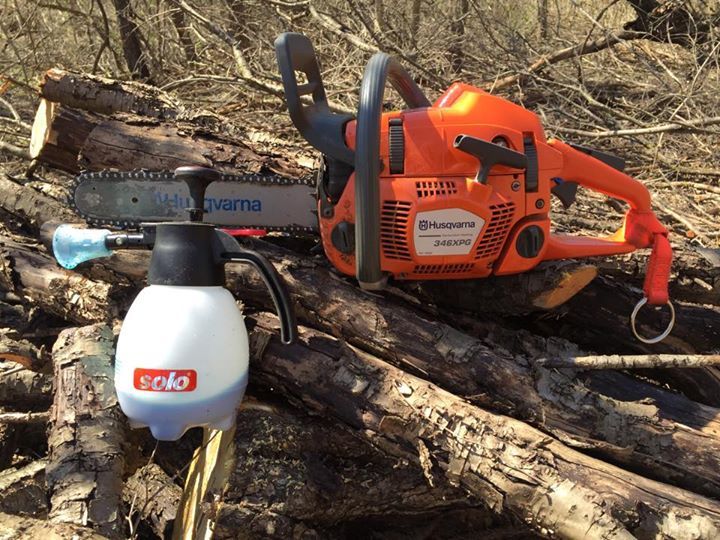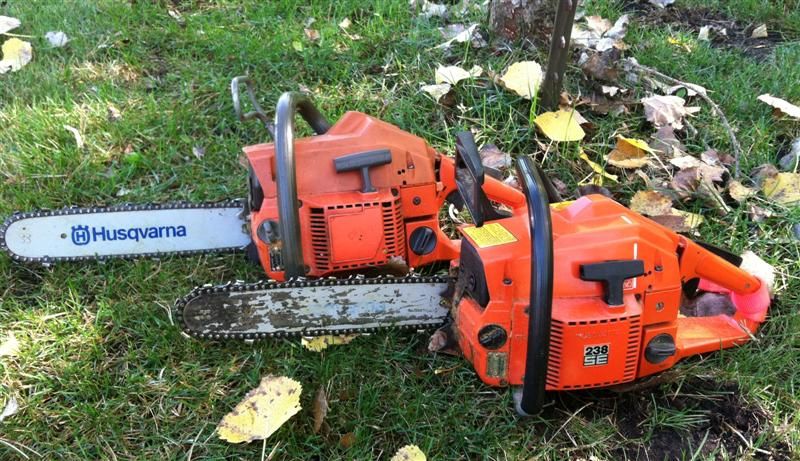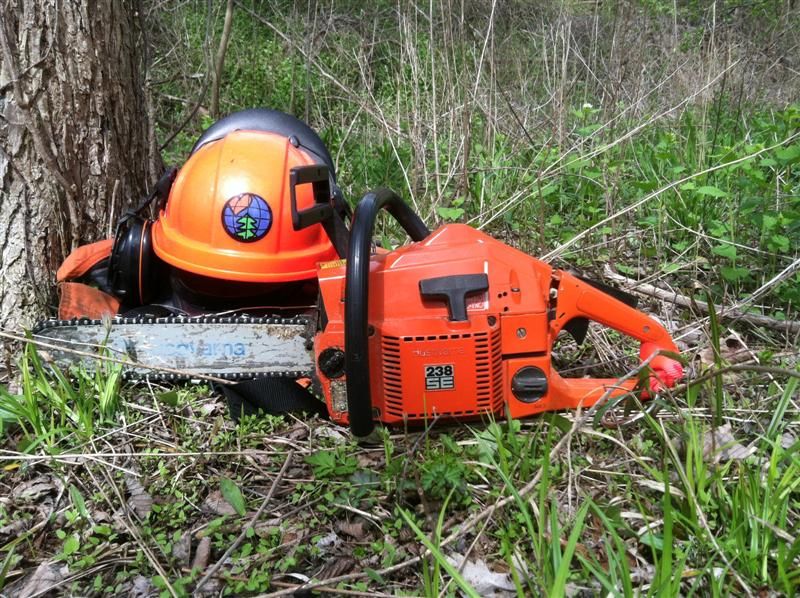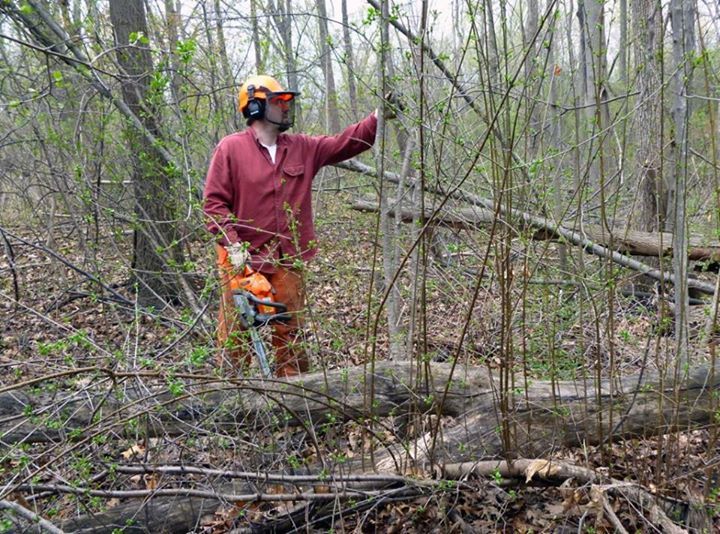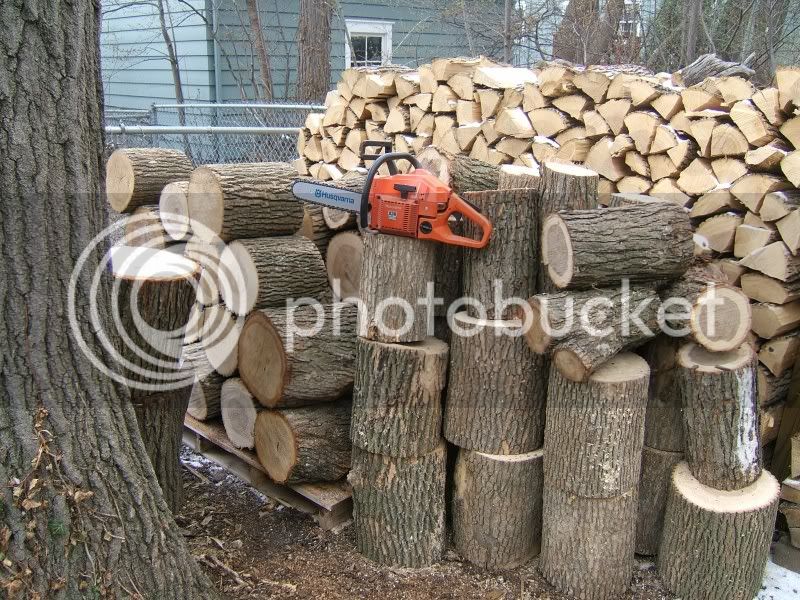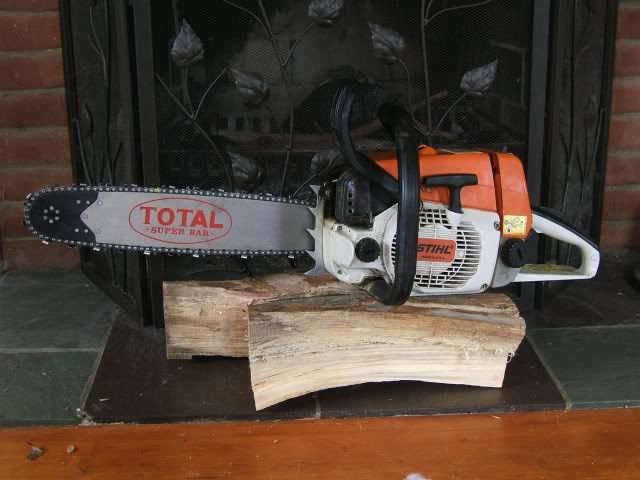Until I bought my Dolmar PS-6400 I was exclusively used to the behavior of my little Sachs-Dolmar 105 which is a 40cc/1.7kW/2.1HP/TopHandle/14" 3/8" LowProfile saw.
The first kickback I encountered with my then new to me 4.7HP saw I nearly $hat my pants.

It was a painful straight backwards push placing the rear handle directly into my left upper thigh and I must say I did not expect that amount of force exerted from the saw.
Other than a bruise I encountered no injuries, just got a good scare - and learned to respect my big saw.
The saw pushed back with all her strength because the upper side of the chain got pinched while bucking firewood logs - in that case the bar length wouldn't have mattered at all.
The way I see it recommendations are a mixed bag of nuts:
- a short bar will potentially give the operator more control over the saw
(*1), but also bring him closer to the danger zone
(*2)
- a longer bar will move the danger zone further away from the operator
(*2), but reduce control as the leverage increases proportionally
(*1). Also a longer bar will/can be more tiring over time, which is a matter of perception of the specific operator.
(*1) - Control and leverage centers around the pivoting point of the saws power head and the bar. The longer the bar (up to a certain point) the more force is introduced to the counter acting pivoting power head in case of a kickback potentially causing the saws rear handle to rip out of the operator hand allowing a uncontrolled rotation around the front handle - at which case the hopefully fully functional chain brake kicks in!
(*2) - With a shorter bar the operator is closer to the bars tip and working area. A longer bar places the operator further away from the bars tip and working area which is only a portion of the danger zone. It is not exclusively the bar tip that is dangerous, but rather the entire length of the upper bars side!
Considering You mention 14" up to 20", something in the middle might be a good choice.
Why not go with 16" or 18" depending on what You intend to cut.
Also, as
@Philbert suggested , You could go both ways 14" + 20" setups - I have 20" + 36" for my big girl the PS-7900.

Whatever You chose to go with use Your saw with respect and don't ever assume You're completely safe.
Good luck in purchasing Your saw!
 DISCLAIMER:
The above is strictly my understanding of the matter in question and is not to be taken as a proven fact!
DISCLAIMER:
The above is strictly my understanding of the matter in question and is not to be taken as a proven fact!
The above text was written at my own best knowledge and understanding but is not excluded of scientifically and/or practically wrong information - one learns as long as one is alive!
Any misinformation is unintended!
Everybody is free to either agree or disagree on the above text, please do so without insults or fights!




